
The Renaissance era conjures images of grand palaces, exquisite art, and scientific breakthroughs. But amidst this cultural flourishing, another fascinating aspect of history was unfolding on the high seas: the age of Renaissance pirates. These daring seafarers have captured our imagination for centuries, becoming an integral part of popular culture and even Renaissance festivals. In this post, we'll dive into the world of Renaissance pirates, exploring their origins, notable figures, and lasting influence.
Origins of Renaissance Pirates
The Renaissance, spanning from the 14th to the 17th century, was a time of great cultural and artistic revival. But it was also a period marked by maritime exploration, trade, and conflict. It's within this context that the romanticized figure of the Renaissance pirate emerged.
Pirates have existed since ancient times, but the Renaissance saw a particular boom in piracy, largely due to the expansion of maritime trade routes and the growing wealth of European nations. As ships laden with valuable goods traversed the seas, they became tempting targets for those willing to operate outside the law.
The origins of Renaissance pirates were diverse; some were former naval officers who turned to piracy after being discharged, while others were ordinary sailors lured by the promise of adventure and riches. Many were simply opportunists who saw a chance to make their fortune on the high seas.
Characteristics of Renaissance Pirates
Renaissance pirates were a colorful and diverse lot, but they shared some common characteristics. They were often skilled sailors and fighters, able to navigate treacherous waters and engage in combat when necessary. Many adopted a distinctive style of dress, which has become the basis for our modern image of pirates.
These sea rovers operated under their own set of rules, often called the 'pirate code'. This code varied from ship to ship but generally outlined how loot would be divided, how disputes would be settled, and how the crew would behave. It's worth noting that while we often think of pirates as lawless rogues, many pirate ships had surprisingly democratic systems of governance.
And if you’d rather channel your inner princess than your inner pirate, don’t hesitate to take a look at our elegant plus size Renaissance dresses at Holy Clothing!
Notable Renaissance Era Pirates
Blackbeard
Perhaps the most infamous pirate of all time, Edward Teach, better known as Blackbeard, terrorized the Caribbean and eastern coast of North America in the early 18th century. His fearsome reputation was as much a weapon as his cannons and cutlass.
Anne Bonny
One of the most renowned female pirates, Anne Bonny defied societal norms of her time. She was known for her fierce temper and fighting skills, proving that piracy wasn't just a man's game.
Bartholomew Roberts
Also known as Black Bart, Roberts was one of the most successful pirates of the Golden Age of Piracy. He captured over 400 ships in his brief career and was known for his flamboyant style and strict moral code.
Henry Morgan
While technically a privateer rather than a pirate, Henry Morgan's exploits were no less daring. He later became the Lieutenant Governor of Jamaica, showing how thin the line between piracy and respectability could sometimes be.
Pirate Activities and Influence
Plundering
The primary activity of pirates was, of course, plundering. They would attack merchant ships, seizing valuable cargo and sometimes the ships themselves. This could include gold, silver, spices, textiles, and other precious goods.
Smuggling
Many pirates also engaged in smuggling, transporting goods illegally to avoid taxes and regulations. This often involved working with corrupt officials and merchants on land.
Naval warfare and conflicts with authorities
Pirates frequently found themselves in conflict with naval powers and colonial authorities. These battles could be fierce, with pirates using their knowledge of local waters and unconventional tactics to their advantage.
Impact on maritime trade and global politics
The activities of pirates had a significant impact on maritime trade and even global politics. They disrupted trade routes, caused economic losses, and sometimes even influenced political decisions. Some historians argue that piracy played a role in the decline of certain empires and the rise of others.
Role of Pirates in Renaissance Festivals

Like jesters during the Renaissance era, Pirates have become a popular feature at many Renaissance festivals, despite not being strictly accurate to the Renaissance period. These events often blend different historical eras for entertainment purposes.
Pirate-themed attractions and performances
Many Renaissance fairs feature pirate-themed shows, from mock battles to comedic performances. These attractions allow visitors to experience a bit of the swashbuckling adventure associated with piracy.
Pirate costumes and accessories
Dressing up is a big part of Renaissance festivals, and pirate costumes are always a popular choice. From tricorn hats to eye patches, these accessories allow festival-goers to step into the role of a daring sea rover.
When it comes to dressing for these events, many people opt for historically inspired outfits. You might see ladies in flowing gowns and gentlemen in doublets and breeches. For those seeking authenticity, an elegant plus size Renaissance dress can be a perfect choice, combining comfort with historical flair.
Ethical Considerations
Romanticized portrayal vs. historical accuracy
While pirates make for exciting stories, it's important to remember that historical piracy involved real violence and crime. The romanticized portrayal in popular culture often glosses over these darker aspects.
Cultural sensitivity and inclusivity
As we celebrate pirate lore at Renaissance festivals, it's important to be mindful of cultural sensitivity. Some portrayals of pirates can veer into stereotypes or cultural appropriation, which should be avoided.
Balancing entertainment with education
Renaissance festivals and pirate-themed events provide an opportunity to educate as well as entertain. Striking a balance between fun and historical accuracy can enrich the experience for all involved.
Final Thoughts
Ultimately, the world of Renaissance pirates continues to captivate our imagination centuries later. From their daring exploits on the high seas to their enduring presence in popular culture, these historical figures have left an indelible mark. So whether you're attending a Renaissance festival in full pirate regalia or simply enjoying a good pirate tale, remember the complex history behind these legendary sea rovers. And who knows? You might find yourself inspired to delve deeper into the fascinating world of Renaissance history.
]]>














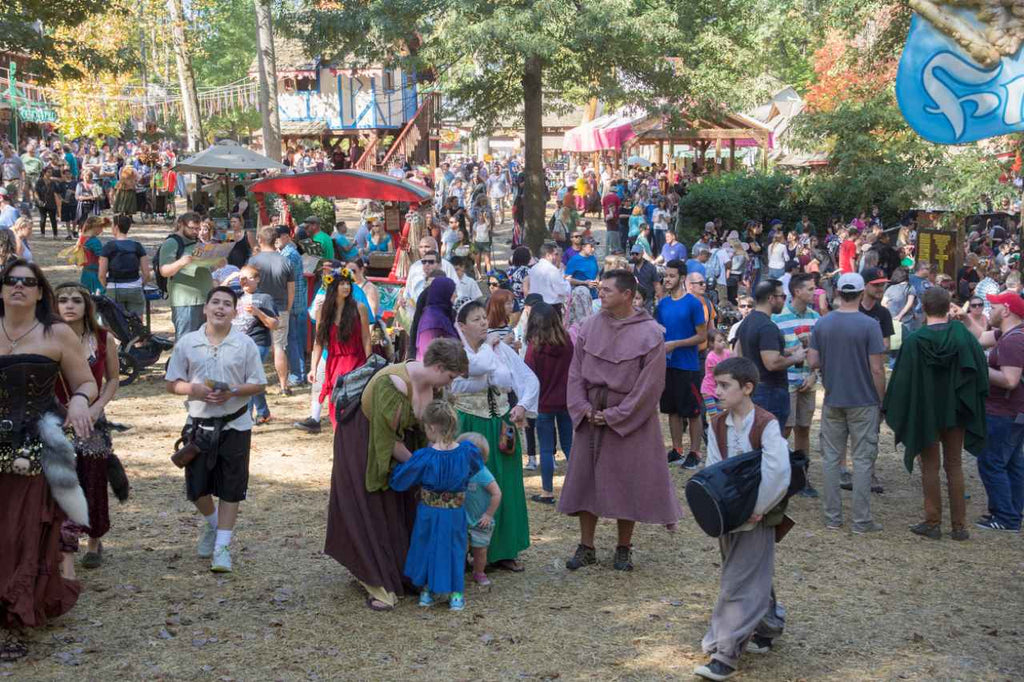



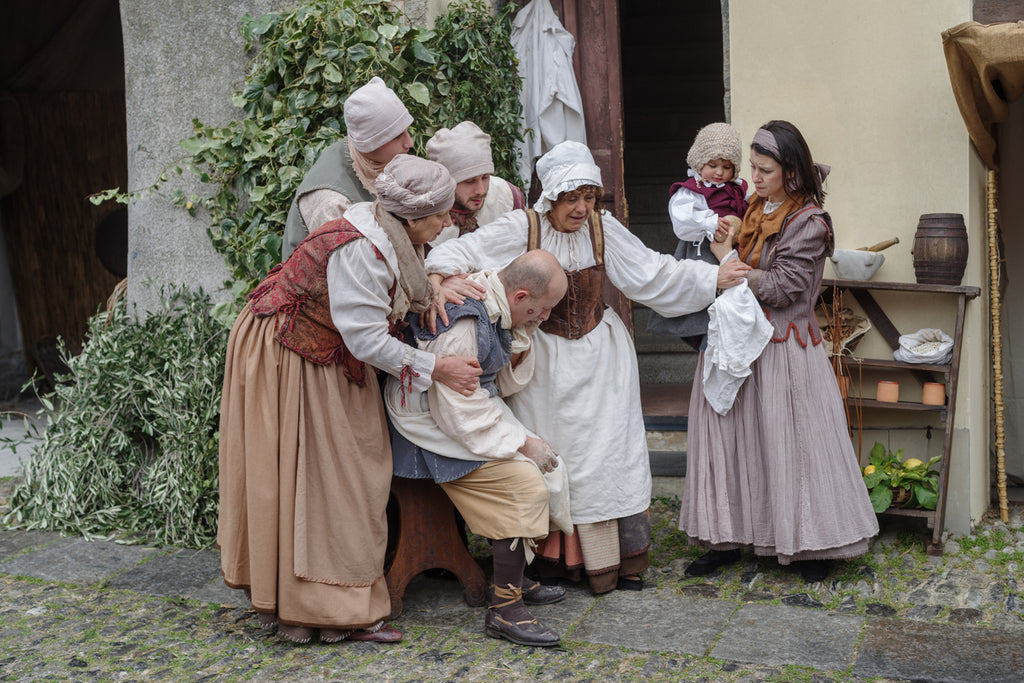
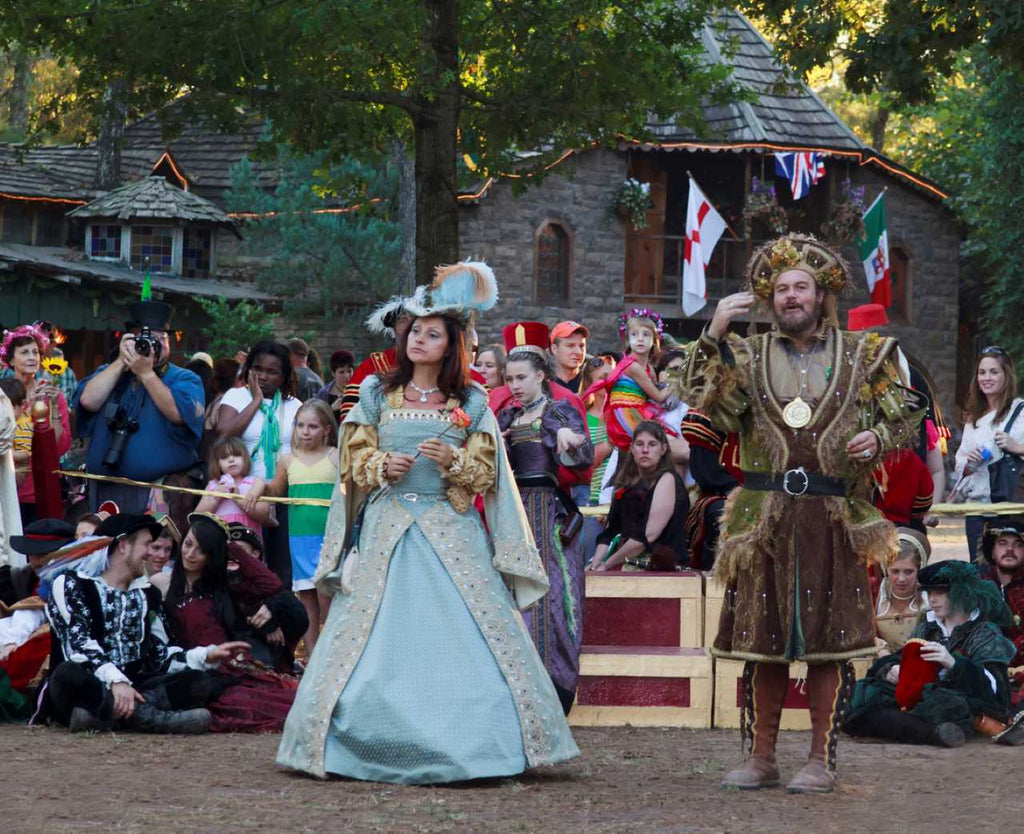




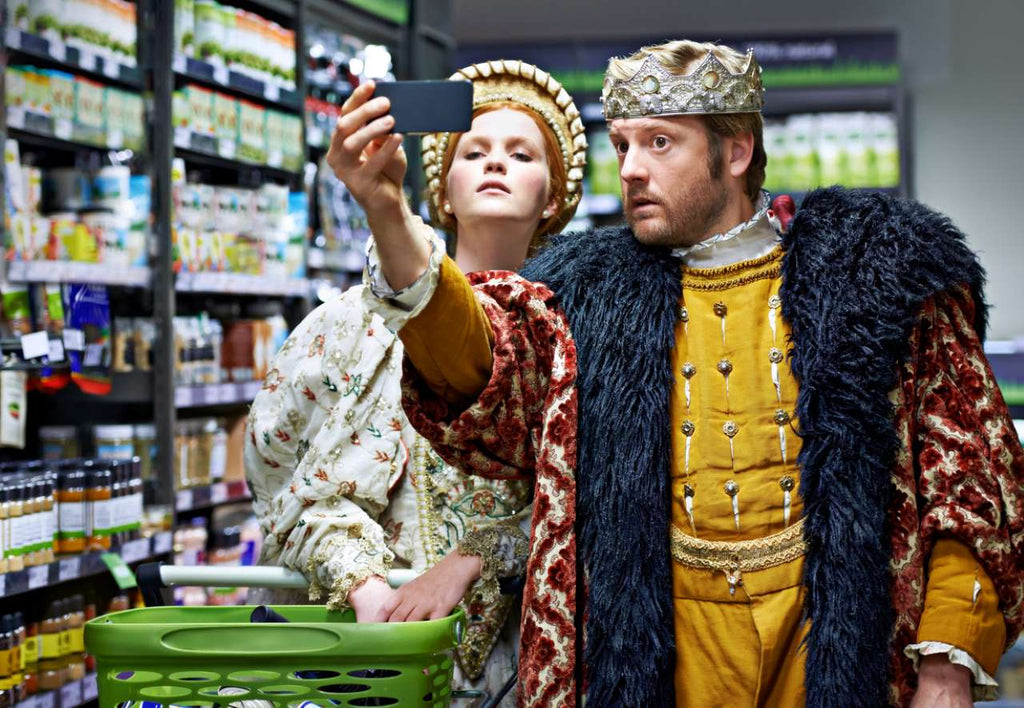





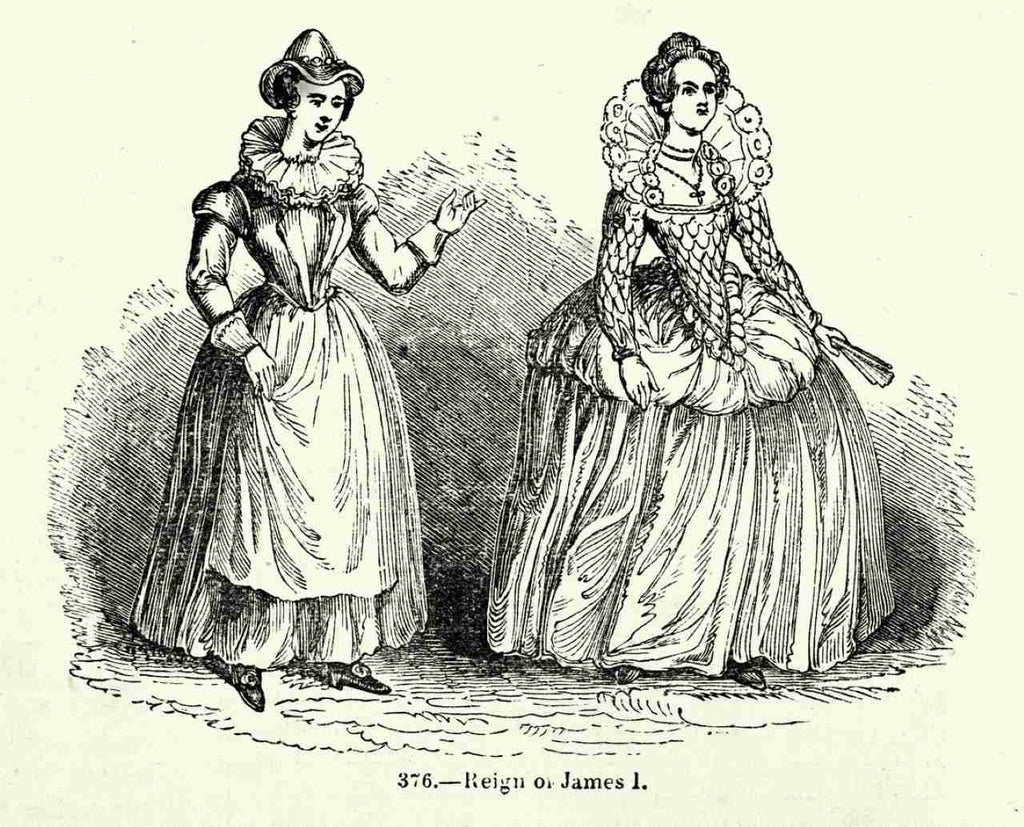
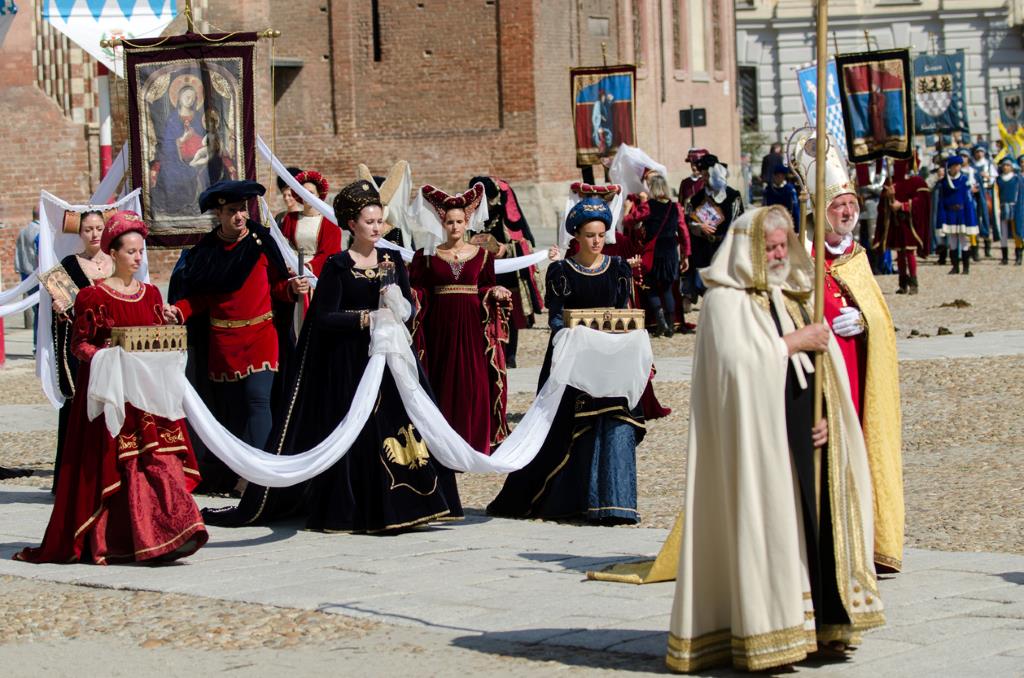



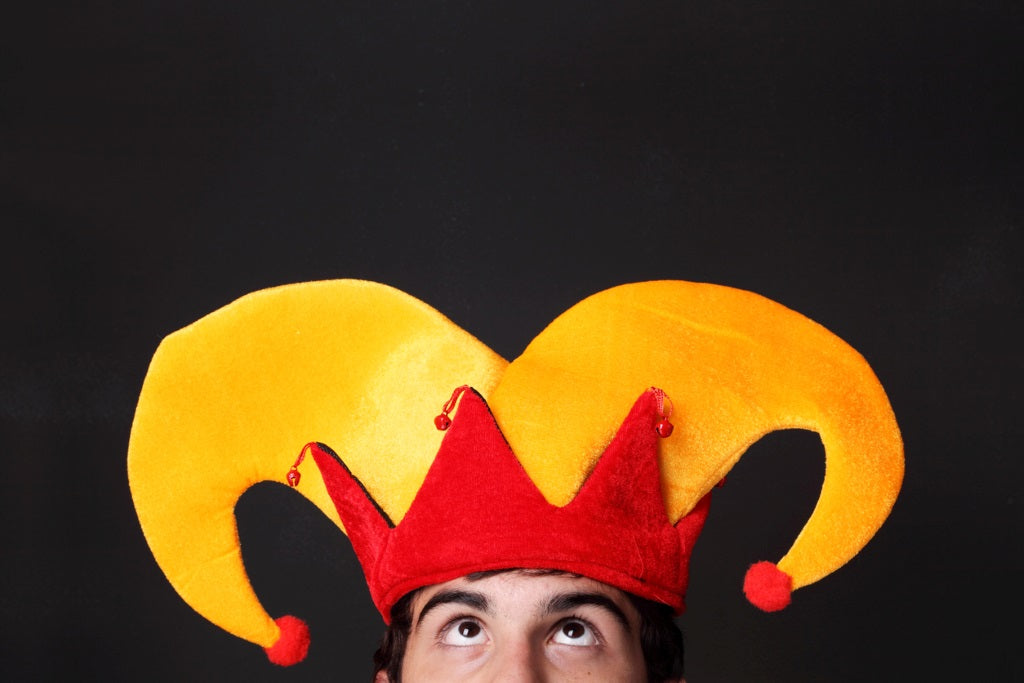









 The Renaissance era was a time of cultural rebirth and artistic innovation, but it also marked a significant evolution in fashion, particularly in the form and function of women's attire. Central to this transformation was the corset, an iconic garment that we might even be able to say is as popular now as it was then! But what’s the history of the corset, and what could explain its almost-universal appeal hundreds of years after its invention? Let’s take a look.
The Renaissance era was a time of cultural rebirth and artistic innovation, but it also marked a significant evolution in fashion, particularly in the form and function of women's attire. Central to this transformation was the corset, an iconic garment that we might even be able to say is as popular now as it was then! But what’s the history of the corset, and what could explain its almost-universal appeal hundreds of years after its invention? Let’s take a look.


